Introducing African Coralwood (Pterocarpus Soyauxii) – Shredded Wood from Gabon!
Coralwood, also known as Pterocarpus soyauxii, is a vibrant red wood native to the forests of Central and West Africa, including Gabon. Traditionally, this wood is shredded and used in various spiritual and cultural practices by local communities.
Spiritual and Traditional Uses
Coralwood is deeply embedded in the spiritual life of the communities where it is found. It is often used in rituals and ceremonies intended to protect against negative energies and to foster a connection with the spiritual realm. The wood’s striking red color is believed to carry powerful energy, making it a favored material for the creation of talismans and protective amulets. In traditional settings, coral wood may also be used in the construction of sacred objects and places, helping to anchor spiritual practices within the community.
Botanical Description
Coralwood, known scientifically as Pterocarpus soyauxii, is a notable species within the Fabaceae family, often found in the tropical forests of Central and West Africa, including countries like Gabon, Cameroon, and Nigeria. This tree is particularly renowned for its vivid red sap, which gives it the nickname “red sandalwood” or “African Padauk.”
The tree itself can grow to a considerable height, typically reaching 20 to 30 meters. It has a distinct, flaky bark and a dense, leafy canopy that provides substantial shade. The leaves of the coral wood are alternate, compound, and typically consist of about 11 to 19 leaflets, each leaflet being oblong and tapered at the ends.
The flowers of Pterocarpus soyauxii are yellowish and appear in panicles, which are quite attractive when the tree is in full bloom. Following the flowering period, the tree produces pods that are orbicular and woody at maturity, encapsulating seeds that are dispersed by wind and water.
Coralwood plays a significant ecological role in its native habitats. The tree’s canopy offers habitat and food for various wildlife species, including birds and insects, which rely on its nectar-rich flowers. The roots help in soil stabilization, preventing erosion, and contributing to the overall health of the forest ecosystems.
Medicinal Uses
While coralwood is acknowledged by local traditions for its health-related attributes, specific medicinal claims about its efficacy are not promoted. It is typically regarded for its general health-supporting qualities, such as vitality and well-being, within the context of traditional medicine. The use of coral wood in traditional medicine involves respecting the knowledge and practices handed down through generations, which encompass a holistic approach to health that integrates physical, spiritual, and environmental well-being.
Cultural Significance
The use of coralwood in Gabon and surrounding areas is not only a reflection of its spiritual and medicinal roles but also a marker of cultural identity. The practices surrounding coral wood are a testament to the rich biodiversity of the region and the deep cultural connections to the land that have been nurtured over centuries.
By engaging with coral wood, whether for spiritual, traditional, or general health purposes, individuals connect with a lineage of knowledge and practice that supports a more integrated way of living. It’s important to approach coral wood with respect for its cultural significance and its role in the ecosystems of Central and West Africa
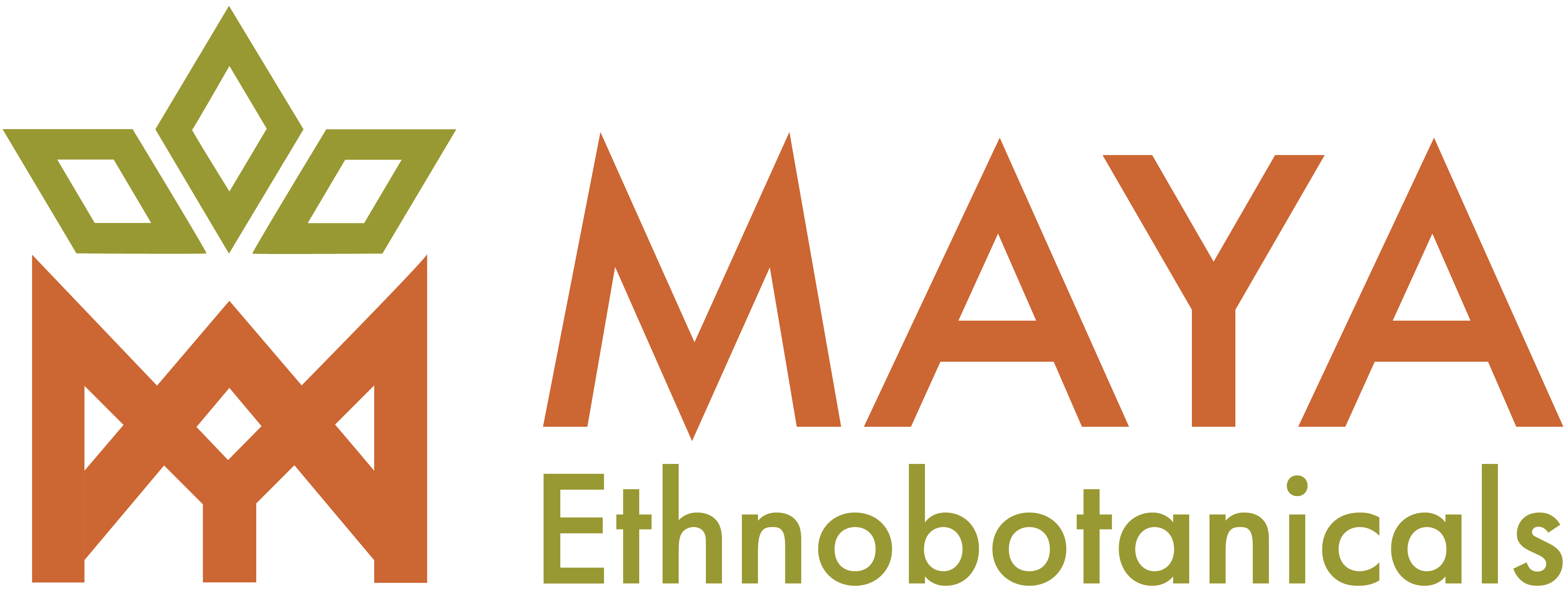
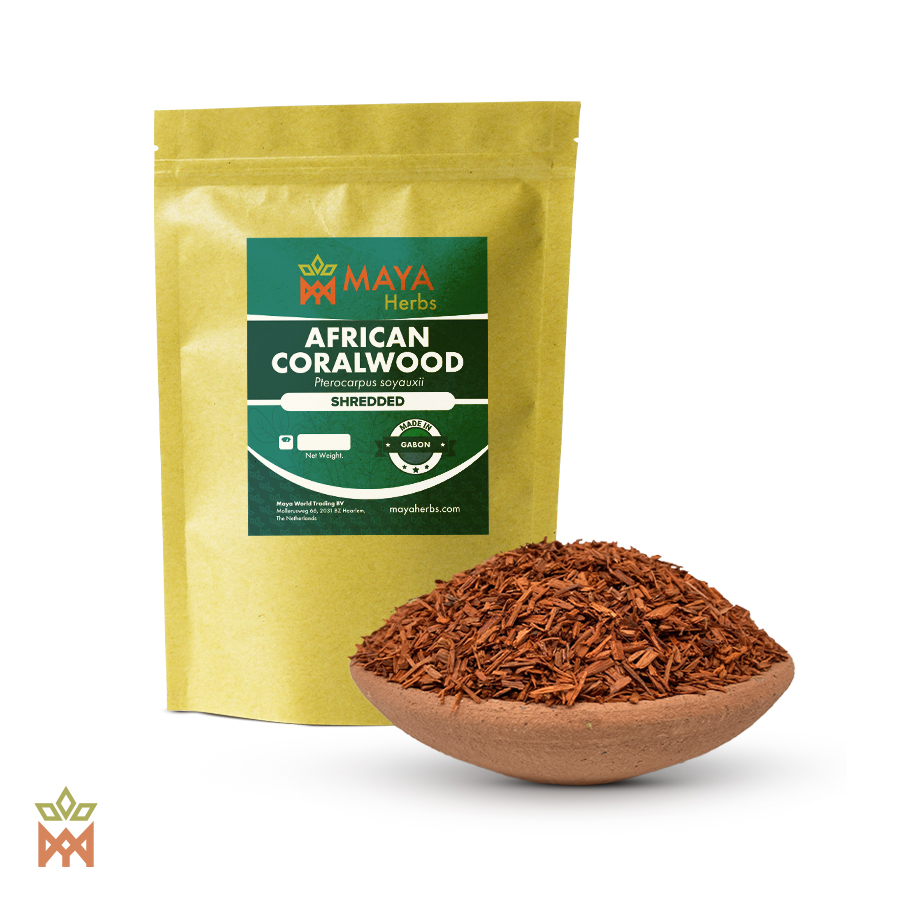

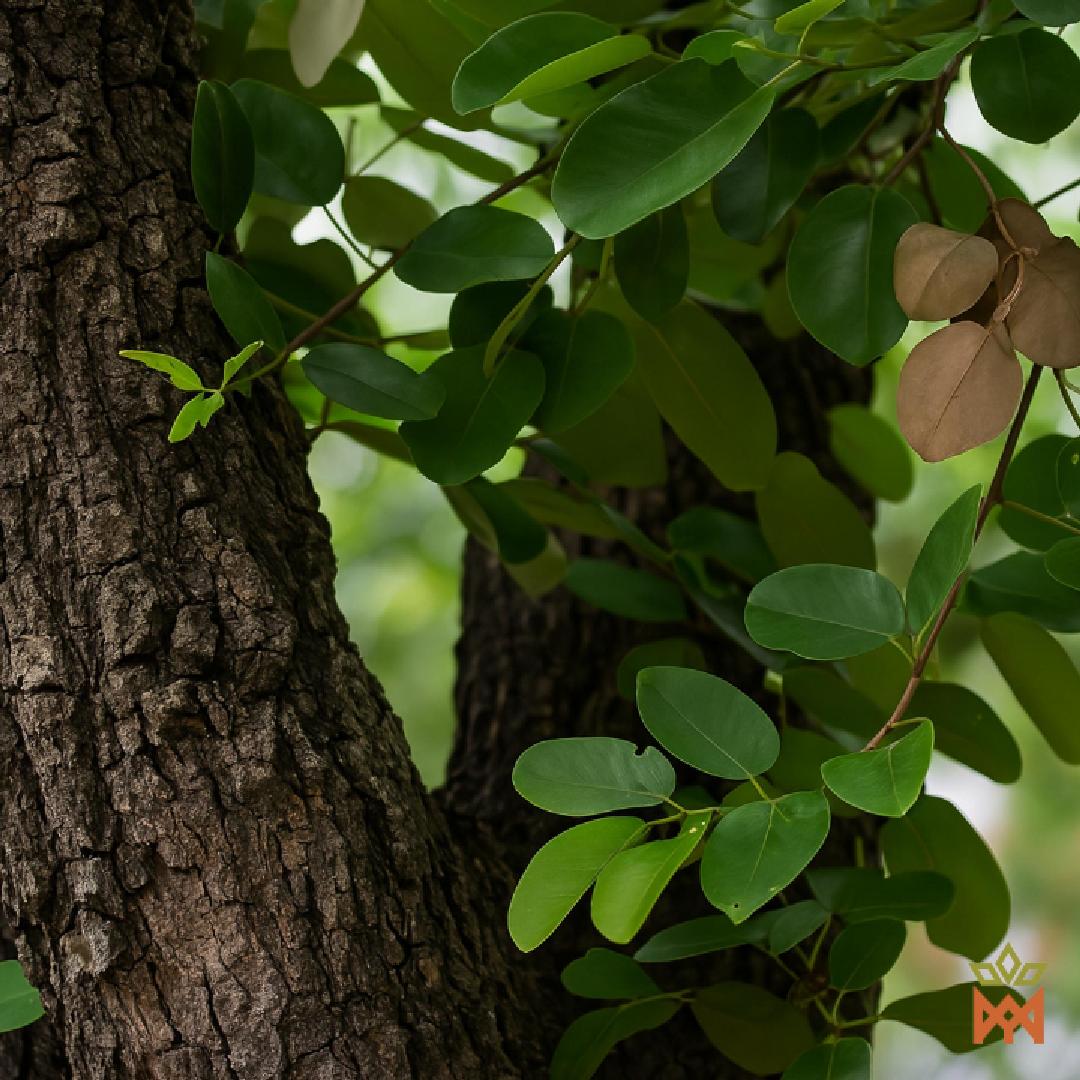
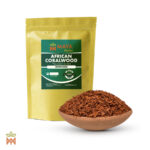



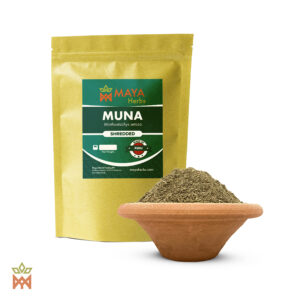
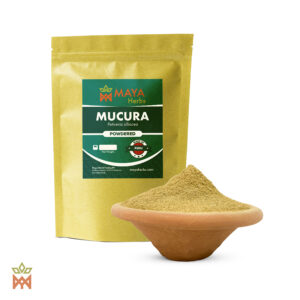
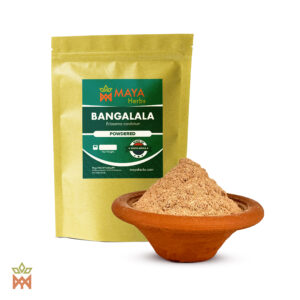

Reviews
There are no reviews yet.